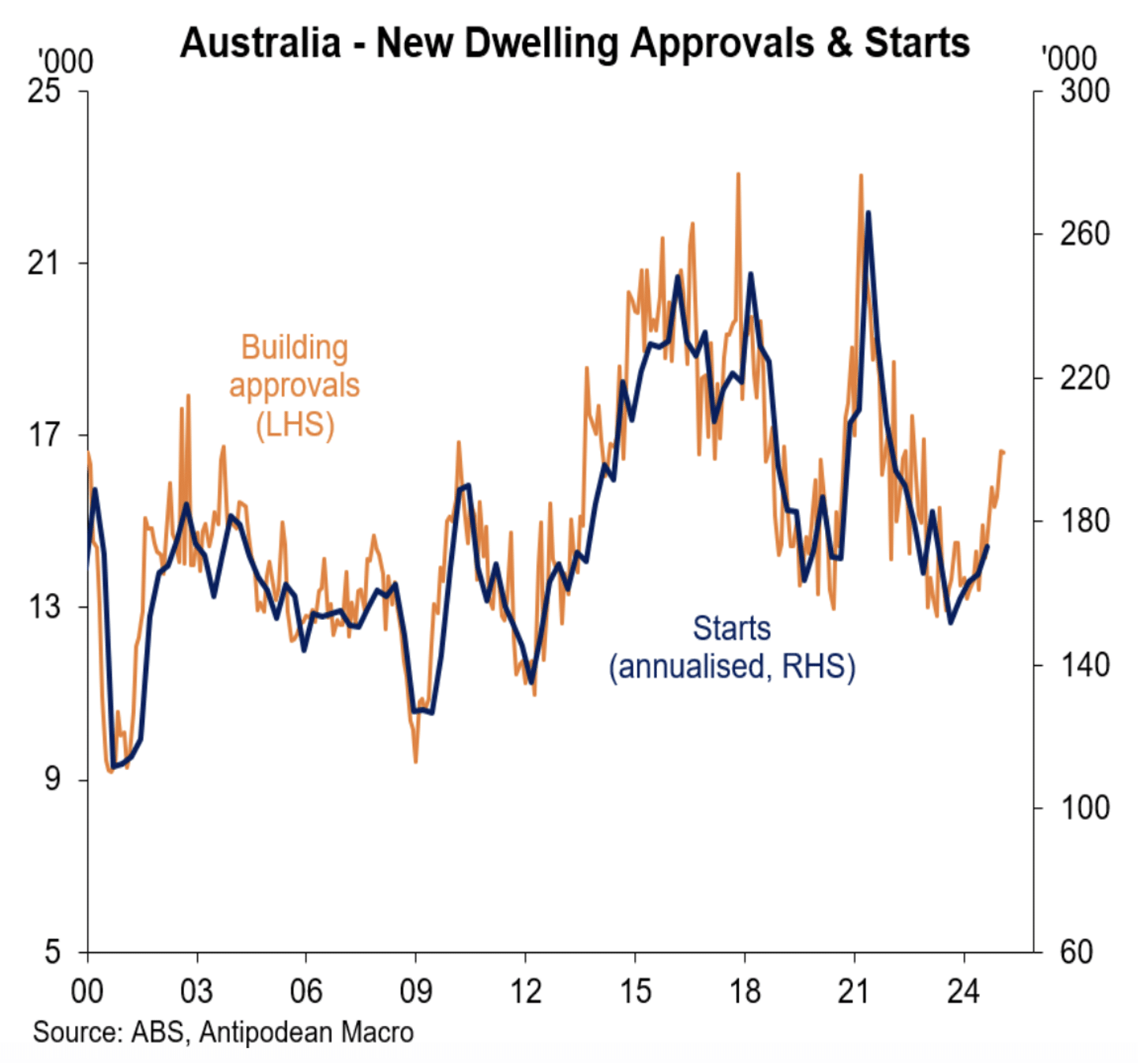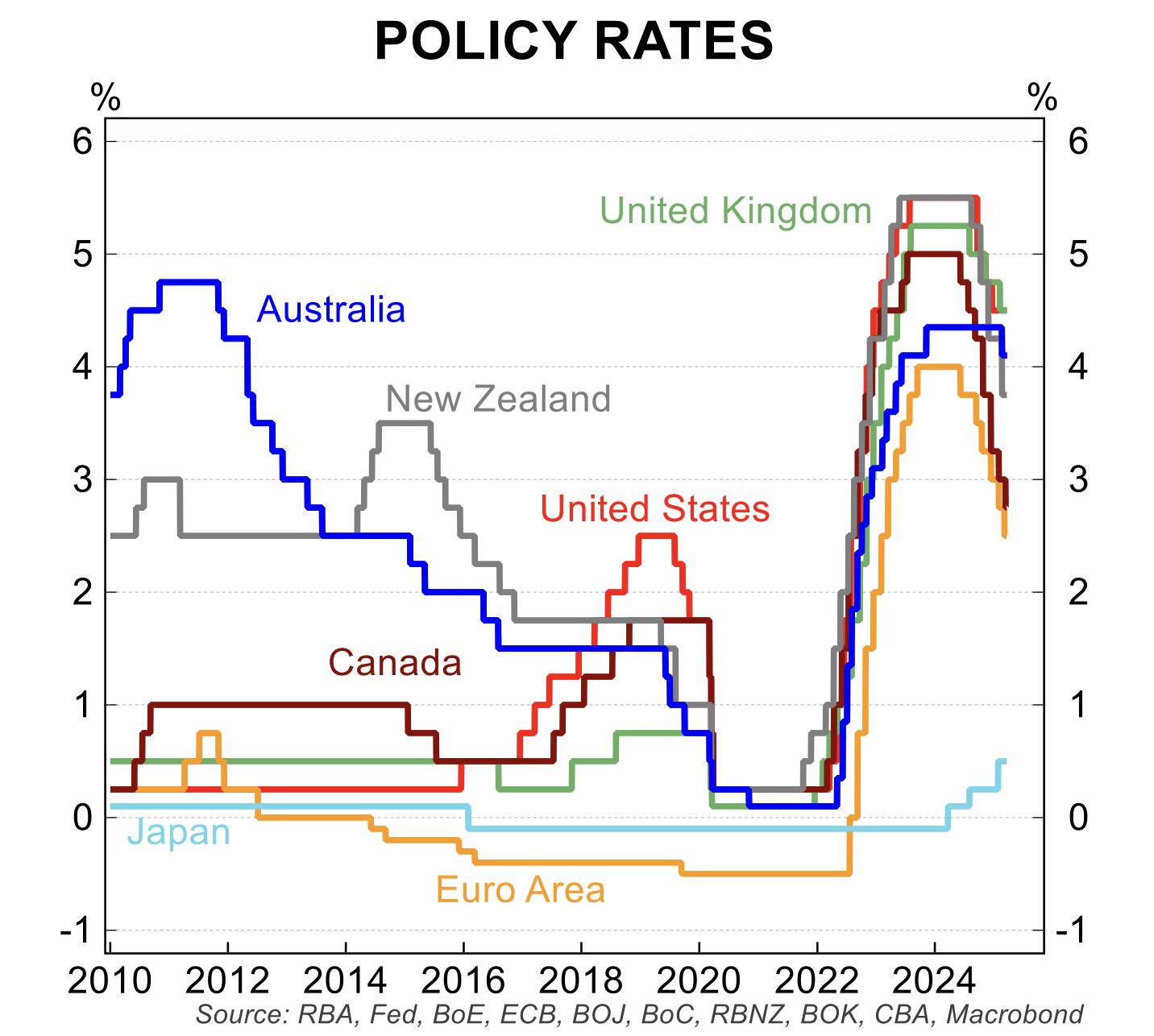Source: The Urban Developer
Author: Taryn Paris
Date: 29 October 2024
It will be a delicate balancing act to run the rule over Australia’s unregulated non-bank lending industry without stymieing its capacity to unlock development, industry is warning.
Australia’s $200-billion private credit market is maturing and growing rapidly, and with that comes growing pains. And while traditional banks have been unable or unwilling to bankroll more risky developments, it has paved the way for non-bank lenders in the commercial real estate debt market to grow their market share.
Non-bank lending’s share of the commercial real estate debt market has increased from 10.4 per cent in 2020 to 16 per cent last year.
But the industry has recently caught the attention of Australia’s financial services and consumer credit regulator ASIC. The regulator has signposted its concerns around a lack of transparency relating to the disclosure of fees and performance valuation methodologies, which will likely precipitate regulation of the industry.
It is widely acknowledged there may be some bad actors that have entered the market but, the industry argues, it’s a self-levelling environment.
“Investors vote with their feet,” IDA managing director Adam Kaye says.
“When we’re dealing with private wholesale capital, we kind of are held to account by real transparency and scrutiny that sophisticated capital imposes on you because … they shop around and it’s because of the hyper-competitive landscape that it’s a very well self-regulated market already.”

Non-bank lending share’s of the commercial real estate debt market grew to 16 per cent last year.
After 10 years in business the Melbourne non-bank lender, IDA has weathered a number of property cycles and Kaye says there is generally a fairly prudential approach within the industry.
Kaye acknowledges that the non-bank lending industry can be quite opaque, but its nimble and agile nature enables it to activate sites and get developments under way, sites that would otherwise languish because they didn’t conform with traditional bank lending criteria.
“I think we’ve comfortably concluded that private wholesale capital and private credit is now a permanent part of the Australian debt capital landscape,” Kaye says. “And we think the structural foundations for the sector particularly in hard asset lending in Australia are so compelling that it’s going to remain a permanent part of the landscape.”
“We think it is going to continue to grow and grow quickly. I think the numbers get quoted in the order of $70 billion to $80 billion of capital exposure to private credit lending in Australia’s commercial real estate sector and that’s forecast to double over the next 10 years,” Kaye says. “So obviously as that market continues to grow, it is going to naturally attract more scrutiny and you’re going to have a lot of new and existing players competing for market share and inevitably there will be some bad actors or less compliant.”
Pinsent Masons partner Hannah Griffiths says there are several areas where ASIC could focus on and demand new requirements for the industry including enhanced reporting requirements on lending activities, risk exposure and financial performance. It could also require greater governance standards to increase transparency and accountability.
Regulation presents a risk to the CRE debt aspect of the capital market stack, but also an opportunity to develop greater confidence and credibility in the fast growing asset class.
To regulate or not to regulate

The industry is welcoming the scrutiny, but warns that overreaching with regulation could have a dire impact on the development and construction industry as well as the weighty housing targets that are in the crosshairs.
Zagga director Frank Hageali says a self-regulation model is probably the best way forward, similar to other financial industries.
“We need an industry framework and minimum standards or principles …but it’s got to be industry led,” Hageali says.
“If industry comes up with it and presents it to the government it’s a better outcome."
Hageali says the growth of the non-bank lending sector warrants a framework. He says it could include accreditation, compliance, CPD and education, regular communication of industry related matters to members, membership, committees and potential rating systems.
Hageali says it’s about being transparent and credible and developing client confidence.
Kaye also welcomes the focus on developing a more credible industry.
“I think the view we take is that we first want to make sure that APRA is doing its job of understanding this sector and this market properly,” Kaye says. “It needs to ensure that it doesn’t risk over-regulating, or regulating prematurely a sector that really needs to establish itself, before intervention undermines it and denies liquidity to a sector of the market that is in critical need of it.
“We think the first obligation of APRA is to properly map the market and understand its composition with a view to understanding the weight of regulation required to ensure the orderly functioning of the market. Because what they have to respect is the critical need for the continued transmission of that credit, supplied to the market. And if they do unwittingly overreach, it’s actually going to have the reverse effect of supporting a sector that needs confidence. It needs the imprimatur of the regulators to ensure that the capital feels suitably protected.”
If not now, then when?
Capital that feeds into CRE debt is generally from sophisticated investors that invest in wholesale funds. Kaye says these investors are well informed on investing and the risk profile. He believes it is retail investors that require greater oversight and regulation.
“As to the when (to regulate), it’s probably fair to say our view is that that’s not required right now … but as [the market’s] growth continues to accelerate, we think there’s a critical need for a really robust consultation between APRA and the sector to make sure it’s properly understood.
“APRA has a really challenging job on its hands and a very delicate balancing act to strike to ensure that it doesn’t ultimately throw the baby out with the bath water by intervening too precipitously or prematurely and undermining the establishment of a really critical part of Australia’s capital markets. I think America shows that over time that becomes quite a vibrant and important sector to underpin the growth in construction of critical infrastructure.”
Hageali believes that industry should be leading the conversation about prudential practices and developing credibility.
“A lot of the professionals within the non-bank lending industry come from traditional banking. The problem is you don’t actually need much to become a non-bank lender,” Hageali says,
“Conversations should be had within the industry and between industry and regulators so it’s not over-regulated. As non-bank lenders play a growing role in the financial ecosystem, increased transparency is essential to protect all participants, maintain trust and credibility of our industry, and ensure integrity.”
The non-bank lenders agree that regulation “must be balanced to avoid stifling innovation, competition or limiting access to credit”.
Hageali says “the right amount, done correctly, offers the necessary protections while allowing non-bank lenders the freedom to innovate and operate efficiently”, something Kaye says is crucial to ensuring the market continues to move.





